Before answering this question we must begin by knowing the components of this story. On the one hand, there is; Loro Piana, an Italian luxury products company, specialized in the manufacturing of high-end clothing and accessories.The company is renowned for incorporating high-quality natural fibers, such as vicuña, into its products.
On the other hand, there is Lucanas, a community in Ayacucho, Peru, where its population is predominantly indigenous, also known as the capital of the vicuña. The vicuña, on the other hand, is a wild animal that belongs to the camelid family. Vicuña fiber, considered one of the finest in the world and highly valued in the luxury textile industry, is primarily found in the countries of the Andean region of South America, including Peru.
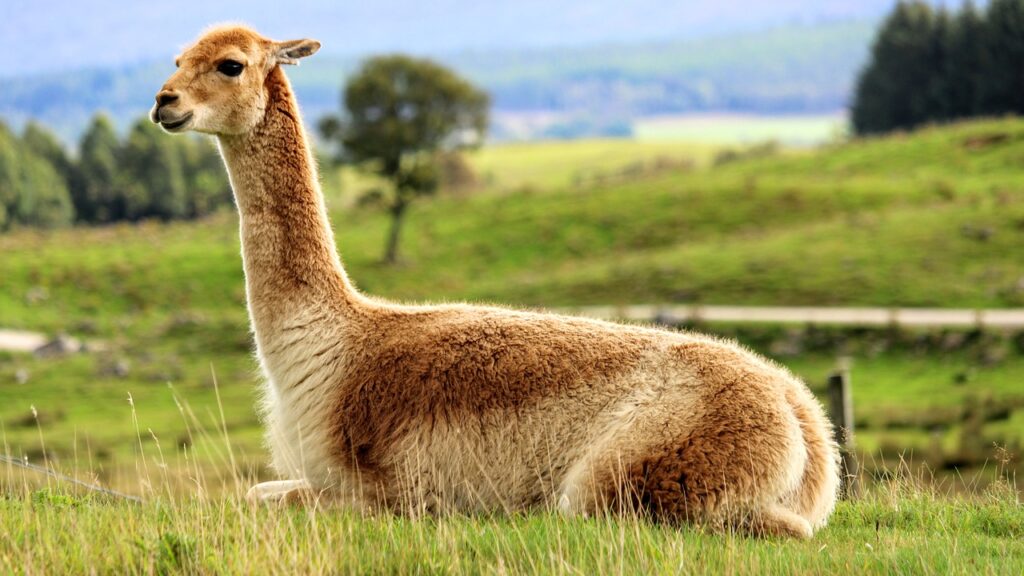
How do these realities intertwine?
In 1969 a treaty helped establish standards for a legal market for vicuña fiber. It dictated that the income derived from shearing the animal should be “an alternative economic production for the benefit of the Andean population.” This is because vicuñas were previously hunted almost to the point of extinction in the 20th century, by hunters who shot them for their fur instead of shearing them alive.
In 1992, the Fujimori Government decided to resume marketing with vicuña fiber. He explored international interest, offering as a prize a monopoly on the vicuña market for the next decade. Loro Piana emerged as the main investor in 1994.
However, in these 30 years of business relationship the advantages for the community have been imperceptible or non-existent. This is evidenced by a report by Bloomberg published in March 2024. This report revealed that the indigenous community of Lucanas, in the midst of a situation of extreme poverty, works for free for Loro Piana.
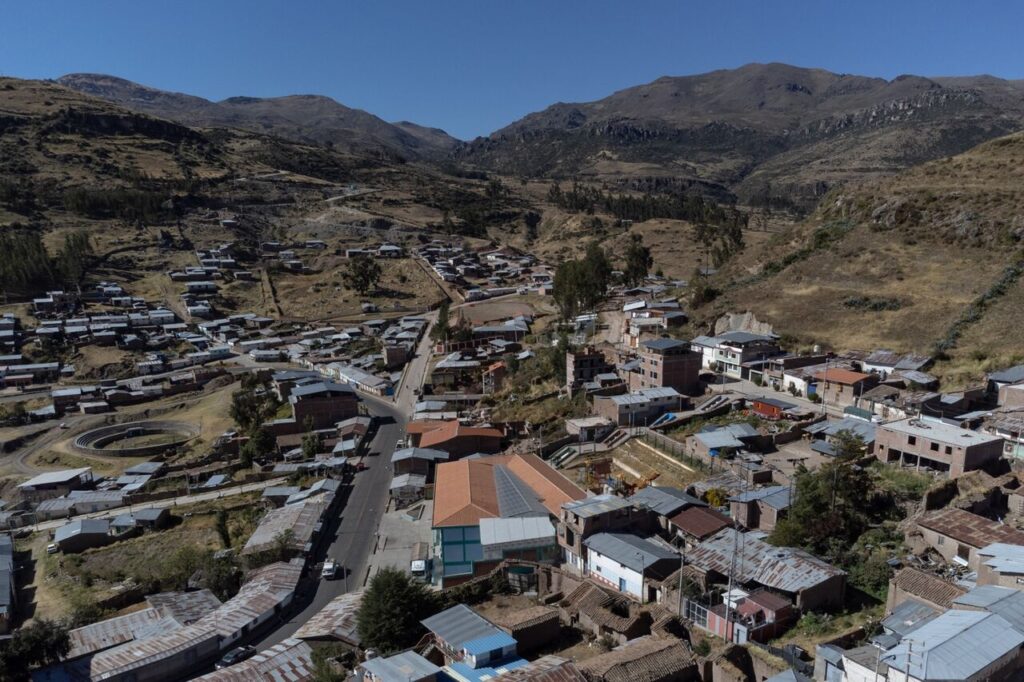
Legislation as a destabilizing agent
In 1995, Peru enacted legislation granting indigenous communities the exclusive privilege of carrying out the shearing and marketing of vicuña fiber.With the condition that the animals have been located within their territories. But lawmakers modified this law on September 24, 2000, thereby allowing private companies to buy land and access vicuñas directly.Granting them the same rights as the indigenous peasant communities.
Alfonso Martínez, who at the time led the government department responsible for regulating the vicuña market, promoted this modification.
Shortly after, Martínez left the Government and established a company that operates as an intermediary between indigenous communities and buyers of vicuña fiber. In 2007, Loro Piana hired Martínez to fill the position of general manager of its subsidiary in Peru. And although Martínez died in 2019, during his administration he focused on implementing the decree issued by Fujimori. Property records reveal that Loro Piana acquired around 2,000 hectares near Lucanas for a value of USD $160,000. With this awareness, he would secure access to the vicuñas and prevent the animals from escaping or being sheared by third parties, understanding the potential consequences, such as the loss of genetic diversity and a shorter life expectancy for the animals.
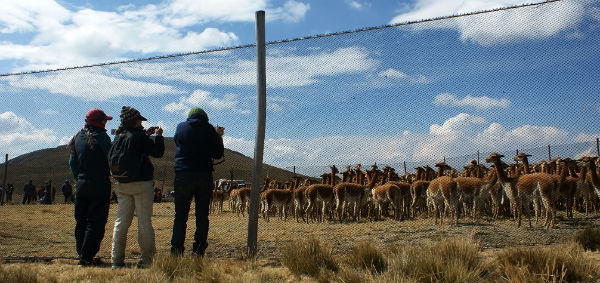
Poverty for some and wealth for others
While a Loro Piana coat sells for USD $33,425.00, the price per kilo of vicuña wool is on average USD $280.00 according to the Serfor report (National Forestry and Wildlife Service of Peru).
The profit margin is by far favorable for the brand, and it is important to emphasize that the kilo of wool is not paid directly to the community members, since they work as volunteers.
Let’s clarify: the community board pays USD $280.00. After distributing administrative payments, the remaining amount, typically between USD $10.00 or USD $20.00 per job completed, is given to community members. This process is repeated multiple times over several days of shearing.
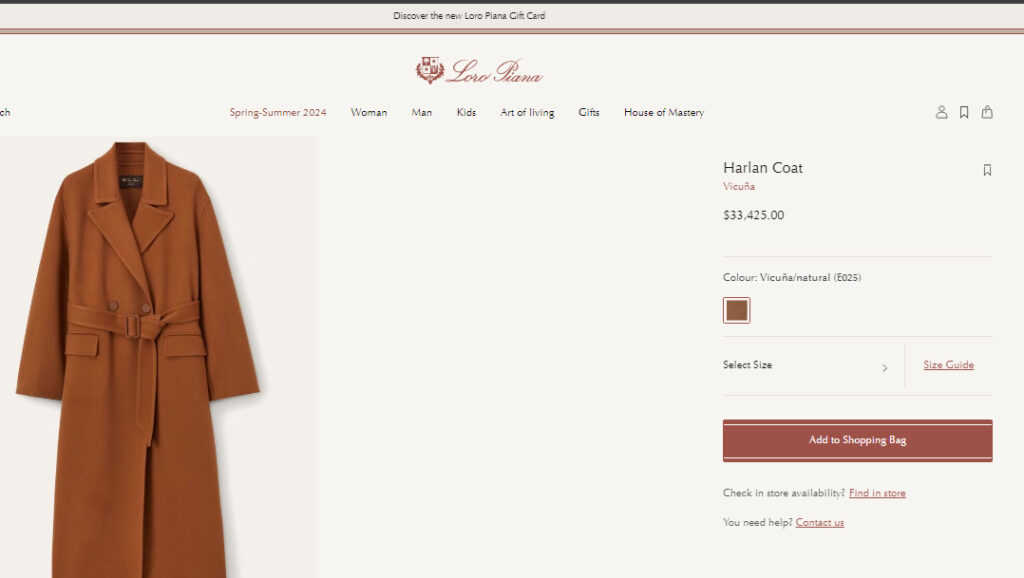
As a Lucanino, as a Peruvian, I would love to wear a garment made with vicuña wool. However, it is absolutely prohibited
Sosaya, resident of Lucanas
It is paradoxical that, despite their crucial role in the conservation and use of the vicuña, individuals from the community such as Barrientos and Papias Sosaya, experts in capturing the animals during shearing, have never owned a vicuña garment. “I have never owned a vicuña garment… because it is prohibited,” says the woman, pointing out a disconnect between collective labor and the luxurious final products available exclusively to a global elite.
The ban is not real, but this perception is probably due to the position of the community members in relation to the textile industry.
How the luxury fashion industry works
The luxury industry focuses on exclusivity, craftsmanship, quality, and customer experience.This covers all luxury industries, including fashion. To justify their high prices, brands must offer the consumer the feeling of exclusivity, either by producing items in limited quantities or by reinforcing the sense of belonging to the aristocratic world inserted in the collective imagination over time.
It is also essential to offer items made of prestigious materials. Exclusivity comes into play here again, since the materials used are usually scarce and/or difficult to obtain.
Based in Northern Italy, Loro Piana produces superlative textiles and luxury goods using the world’s finest and rarest raw materials. The pursuit of excellence has been its mission for six generations.
Loro Piana Group, part of LVMH”
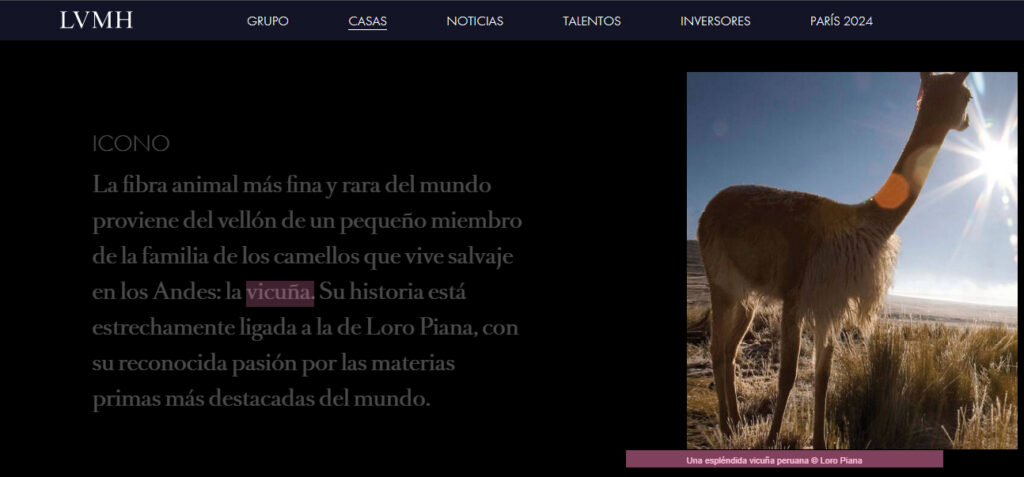
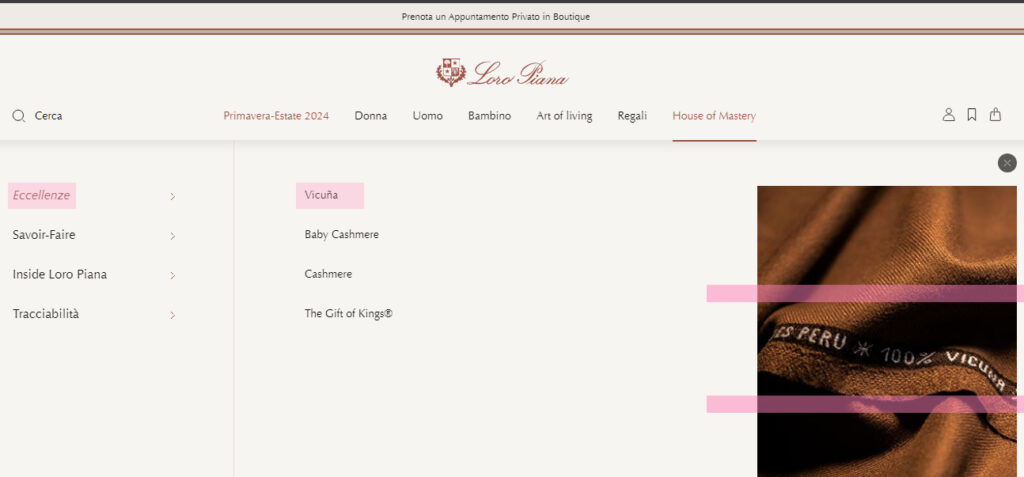
Vicuña fiber as a guarantee of excellence in Loro Piana products through its website and the LVMH group are proof that fiber plays a crucial role as a sales enhancer in the strategies used by the brand.
So why, if this fiber is so precious, do the community members not market it directly? This is due to ignorance of how the luxury industry works in this community. Lucanas has a population of around 2,700 people, most of them in poverty, the opposite side of luxury. This is a sector of the fashion industry that is completely unknown to this population.
Ethics vs. integrity behind the silence of luxury
The difference between price and value are not simple concepts. The price assigns a certain product’s monetary value, while the value reflects the positive or negative perception generated by its functionality, origin, emotions, etc. The luxury industry uses this concept to “value” its garments. However, what value is a product if it lacks integrity?
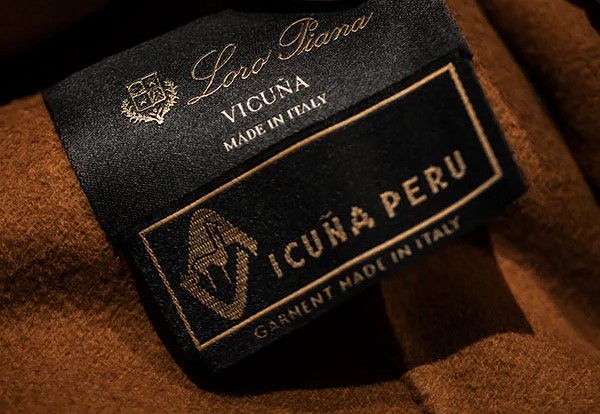
Just as the difference between price and value, ethics is not the same as integrity. Ethics refers to a set of principles that ideally should guide behavior, while integrity involves acting consistently with those ethical principles. Therefore, if a product has not been manufactured under ethical or comprehensive standards, it will have a negative value. And if these ethical and comprehensive standards remain invisible or silenced, the product will not be transparent. But this disguise will help you increase its price.
The Loro Piana and Lucanas case teaches us that the fashion industry, whether fast or slow, still has many cracks to fix. Businessmen need to increase awareness, but more importantly, legislation favoring worker rights, animals, and the environment needs to be enforced and closely monitored.





